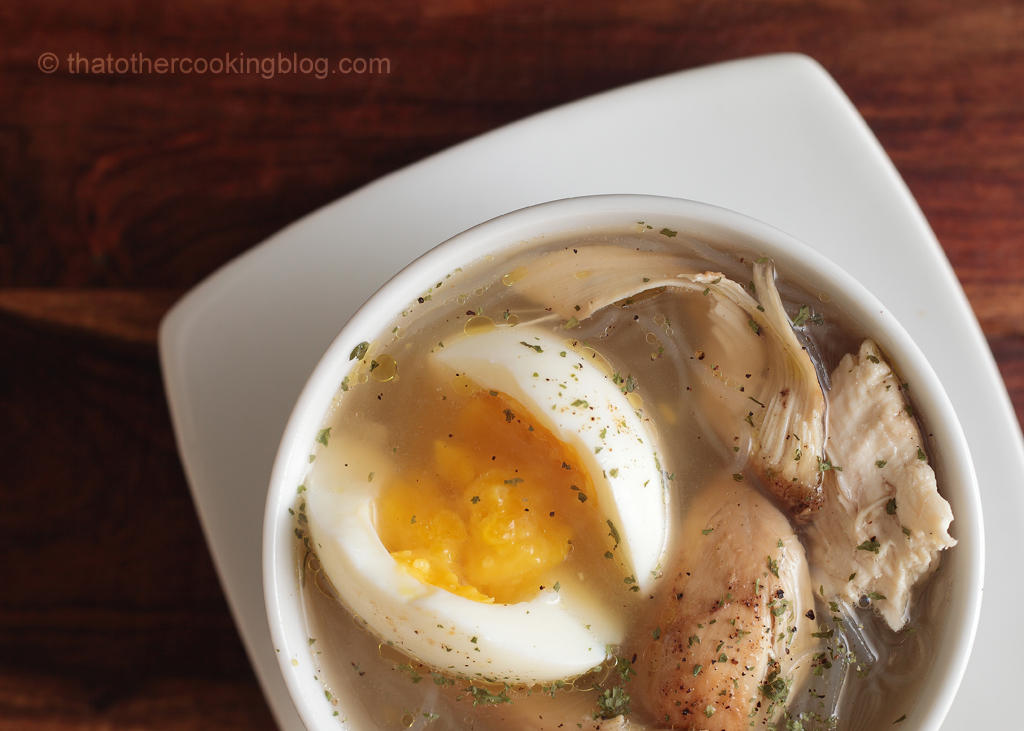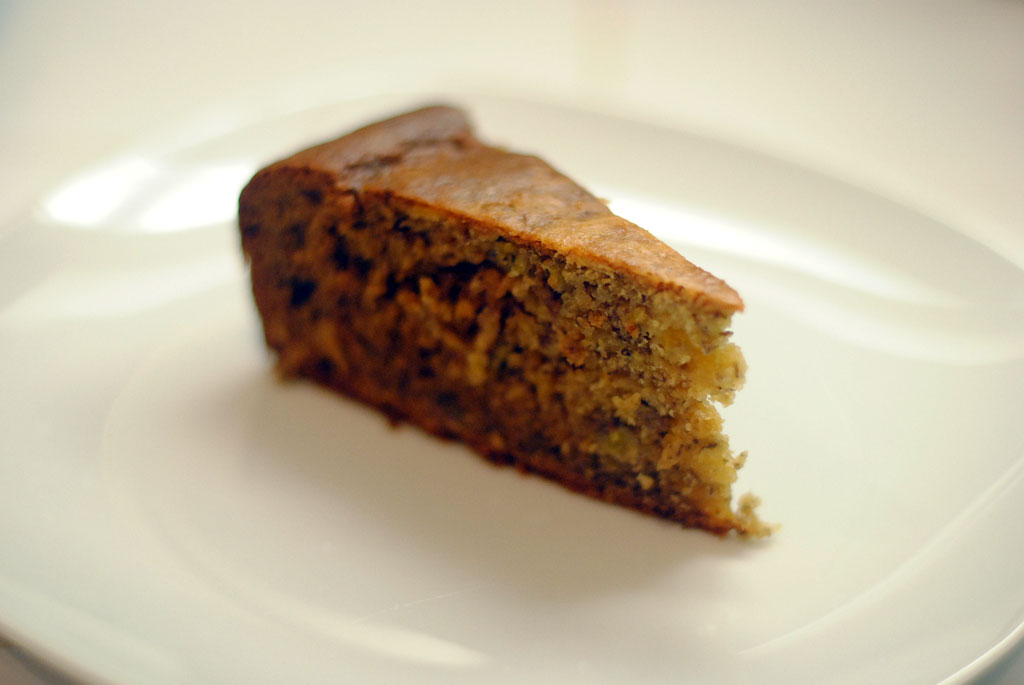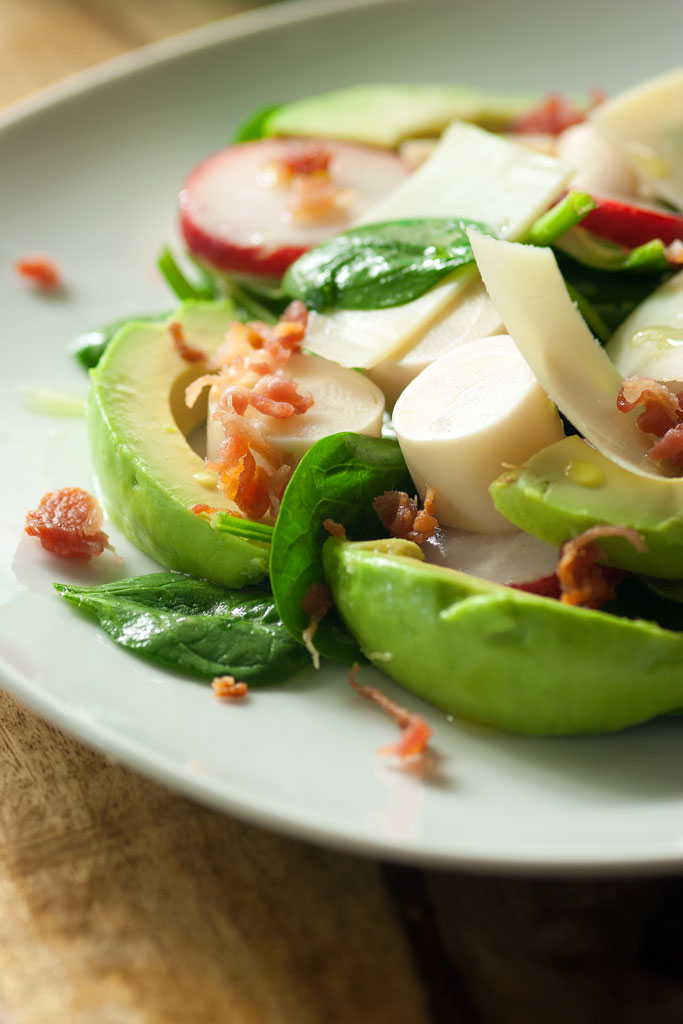in no discernible order:
1. stretch test, after kneading, the dough should stretch without breaking. then it’s ready to let stand. Also google, window pane test for brioche breads, and more buttery pastry breads.
2. organic flour the best, there is gluten flour and bread flour, investigate 🙂
high gluten flour
difference between a.p.f. and bread f.
3. Once dough reaches and internal temperature close to the boiling point 98c which is the temp at which starches gel (pretty useful piece of info), the bread is done. sounds like you could make bread in a microwave without browning. Check microwave brioche!
4. after mixing the ingredients and before kneading, allow to rest for 20 mins for water to get fully absorbed. Autolyse. Here, there’s an excerpt from the wikipedia entry on proofing:
“Autolyse is an optional dough process. It refers to a period of rest after the initial mixing of flour and water, a rest period that occurs sequentially before the addition of yeast and other ingredients.[8][9] This rest period allows for better absorption of water and helps the gluten and starches to align. Breads made with autolysed dough are easier to shape and have more volume and improved structure.”
5. Four to six hours to rest after kneading at room temperature of 72f, the hotter the room the faster it will rise and the less the flavors will develop. slower rise better flavor. I have never let rising for more than 2 hours, and have yet to slow rise in the freezer, so far, an hour to an hour and a half has been enough.
6. after first rise, knead quickly but don’t overwork, just get rid of any big pockets of gas. let rest for about 2 hours.
7. Oven spring!!! ok, im updating this posting, I underestimated the power of a hot oven, specially in the first few minutes of baking. In order to get the most oven spring, bread needs to heat up really fast, before the crust solidifies (read below), and become hot enough that water in the dough and CO2 can expand the most. Then! you can set the oven oven at 425-450. pizza stone or flipped cast iron pan, a Dutch oven would work too. let oven preheat, an hour is not unreasonable.
8. keep some humidity inside the oven helps keep the crust from setting to fast, and why would you want this? well, because if you want bread to rise, you gotta keep the crust soft, otherwise, the dry crust will contain the volume of the bread, stopping its expansion. You can spray water in the oven. maybe pour a cup or 2 of water in a baking sheet. As long as you dont over do it, remember that every time you open the oven door, the temperature drops.
9. allow the bread to rest for 30 mins at room temp. this is needed to allow the starches to gel and set.
10. bread goes stale even faster in the fridge. freeze or keep at room temperature.
some example bread recipes:
Wanna get more sous-vide cooking guides and cool cooking how-to’s in your mailbox? You know what needs to be done!
We never spam. You should only be getting updates when new content is posted on the site. We also respect your privacy. We don’t share your email address with anyone and you can unsubscribe anytime!



